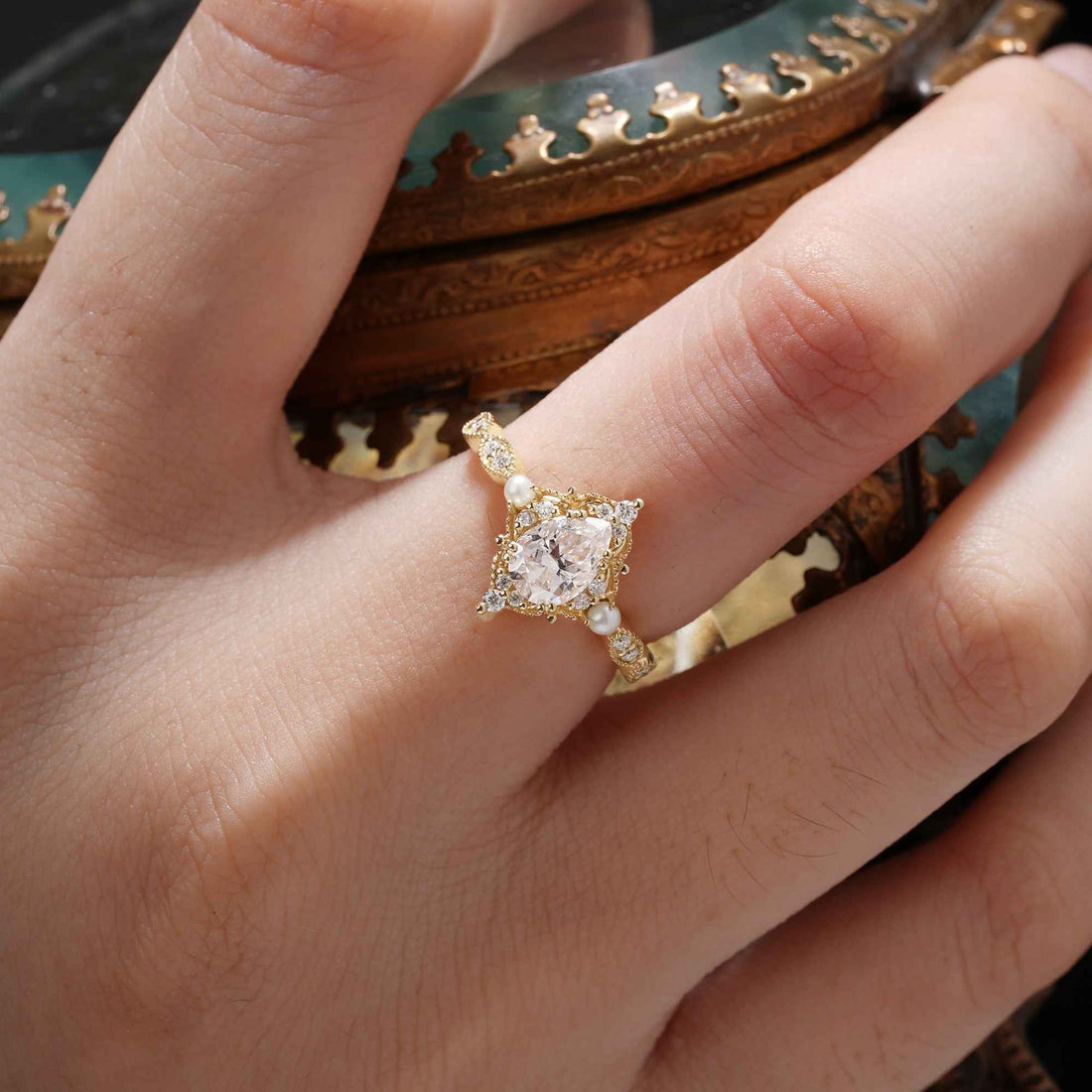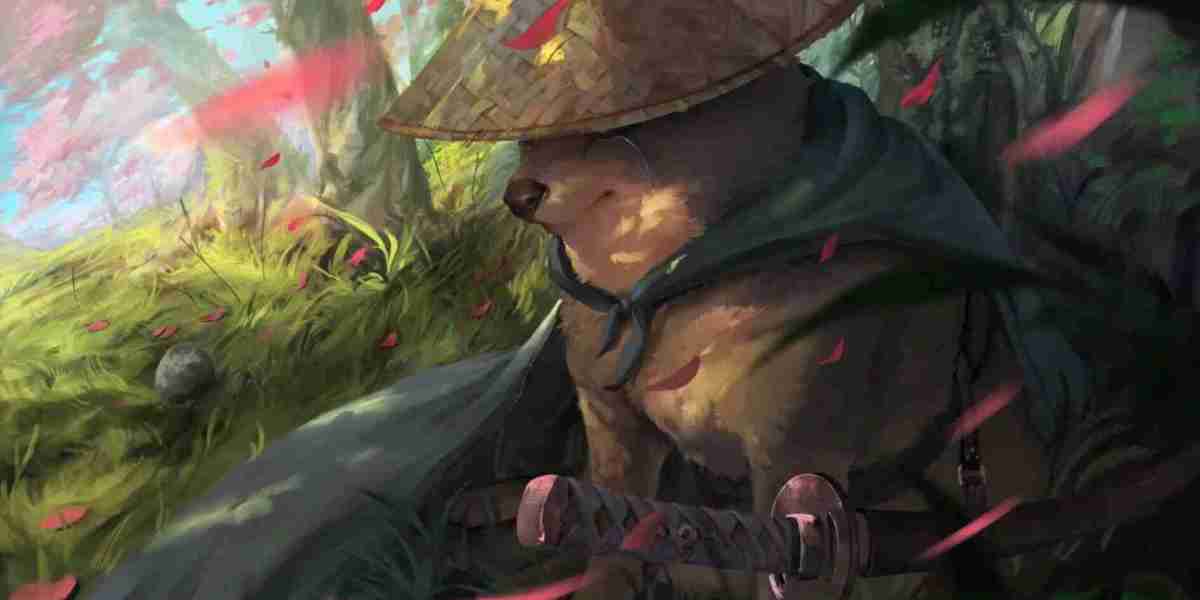When it comes to engagement rings, vintage designs have a timeless appeal that continues to captivate couples around the world. These exquisite pieces of jewelry hold a rich history and are often passed down through generations. In this article, we will delve into the secrets behind vintage engagement ring designs, exploring their unique characteristics and the stories they tell.

The Allure of Vintage Engagement Rings
Vintage engagement rings are cherished for their intricate craftsmanship and romantic charm. They offer a glimpse into the past, allowing us to appreciate the artistry and attention to detail that went into creating these stunning pieces. Each vintage ring has its own story to tell, making it a truly one-of-a-kind symbol of love and commitment.
Uncovering the Design Secrets
One of the secrets behind vintage engagement ring designs lies in the use of intricate filigree work. Filigree is a delicate form of metalwork that involves twisting and curling thin wires to create intricate patterns. This technique was popular during the Art Nouveau and Edwardian eras, adding a touch of elegance and femininity to the rings.
Another characteristic of vintage engagement rings is the use of colorful gemstones. While diamonds are often the gemstone of choice for modern engagement rings, vintage designs often feature vibrant gemstones such as sapphires, rubies, and emeralds. These gemstones add a pop of color and personality to the ring, making it truly unique.
Understanding the Different Eras
Vintage engagement rings can be categorized into different eras, each with its own distinct style and characteristics. Some of the most popular eras include:
1. Victorian Era (1837-1901)
During the Victorian era, engagement rings were often ornate and intricate, featuring floral motifs and gemstones such as pearls and opals. These rings were a reflection of the romanticism and sentimentality of the time.
2. Art Nouveau (1890-1910)
Art Nouveau engagement rings were inspired by nature, with designs incorporating flowing lines, floral patterns, and motifs such as dragonflies and butterflies. These rings were a departure from the more traditional styles of the Victorian era.
3. Edwardian Era (1901-1915)
Edwardian engagement rings are known for their delicate and intricate filigree work. Platinum was the metal of choice during this era, and diamonds were often set in a lace-like pattern, creating a stunning and ethereal look.
4. Art Deco (1920-1935)
Art Deco engagement rings are characterized by geometric shapes, bold colors, and a sleek, modern aesthetic. These rings often feature intricate patterns, such as sunbursts and chevron designs, and gemstones such as emeralds, rubies, and sapphires.
Preserving the Legacy
Preserving the beauty and integrity of vintage engagement rings is of utmost importance. When purchasing a vintage ring, it is essential to ensure that it has been properly restored and maintained. Working with reputable jewelers who specialize in vintage jewelry can help ensure that the ring is in excellent condition and will continue to be cherished for years to come.
In conclusion, vintage engagement rings hold a special place in the hearts of couples worldwide. Their timeless beauty, intricate designs, and rich history make them a symbol of everlasting love. By understanding the secrets behind vintage engagement ring designs and appreciating the craftsmanship that goes into creating these pieces, we can truly appreciate their allure and significance.








